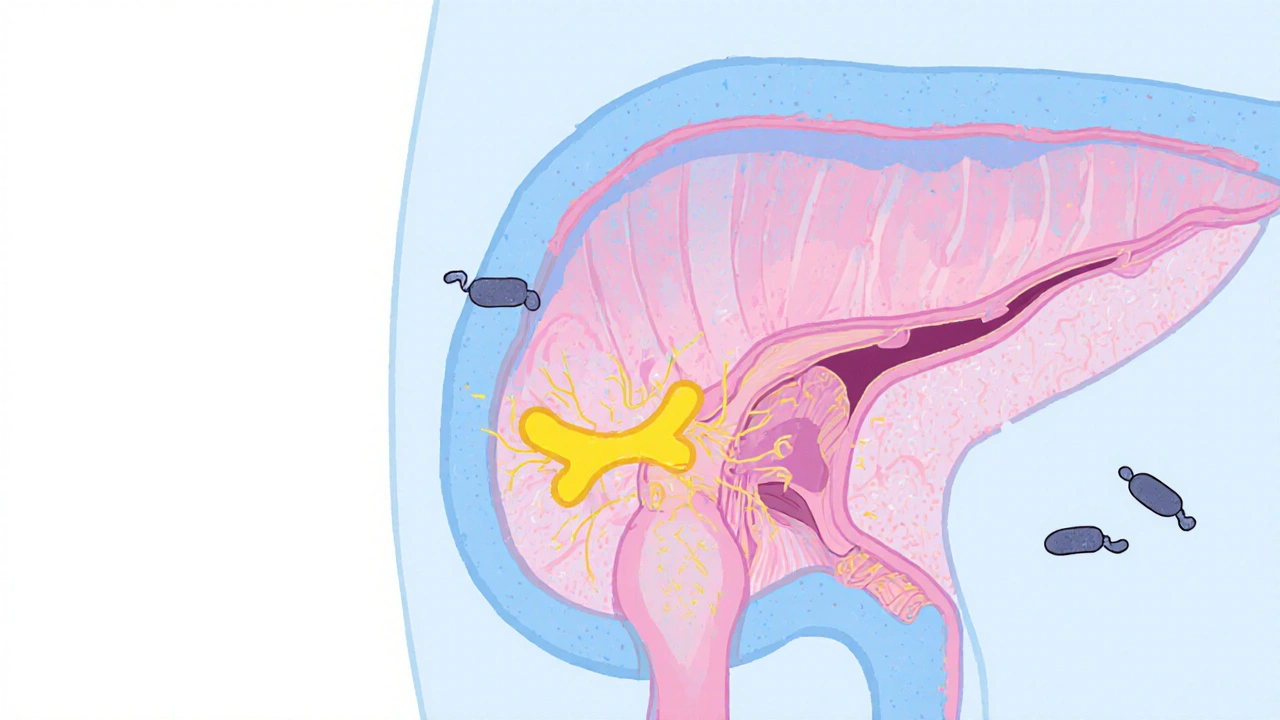When focusing on UTI prevention, the practice of reducing risk factors that lead to urinary tract infections. Also known as urinary tract infection prevention, it involves everyday habits that keep the urinary system clean and functional. The core concern is urinary tract infection, a bacterial invasion that can cause pain, fever, and frequent urges. Proper hydration, the act of drinking enough fluids daily, is a foundational element because dilute urine flushes bacteria from the bladder.
One of the easiest habits is to sip water throughout the day—aim for at least eight glasses—to maintain clear urine and promote regular voiding. In addition, many people find cranberry supplements, which contain proanthocyanidins that may prevent bacteria from sticking to the bladder wall. While not a cure, they add a layer of protection when combined with other measures. Bladder health involves training the muscles to empty completely; avoiding “holding it” for long periods reduces bacterial growth.
Another pillar is appropriate hygiene. After using the bathroom, wiping from front to back prevents fecal bacteria from reaching the urethra. For sexually active individuals, urinating shortly before and after intercourse helps clear any introduced microbes. Using non‑perfumed soaps and avoiding douches minimizes irritation that can invite infection.
Prophylactic antibiotics are sometimes recommended for people with recurring UTIs. Low‑dose daily regimens or post‑sex courses can break the cycle, but they should be prescribed by a clinician to avoid resistance. When antibiotics aren’t needed, non‑antibiotic options like vaginal estrogen for post‑menopausal women can restore the normal flora that protects the urinary tract.
The urinary microbiome—the community of harmless bacteria living in the bladder—plays a surprising role. A diverse microbiome can outcompete pathogenic E. coli strains. Consuming fermented foods, probiotics, and a diet rich in fiber may support this beneficial balance, providing a natural shield against infection.
People who use catheters face higher infection risks. Maintaining strict sterile technique during insertion, regular catheter changes, and proper handwashing are critical. Some studies suggest coating catheters with antimicrobial substances can further lower incidence, though cost and availability vary.
For those who have already suffered multiple infections, self‑monitoring symptoms and keeping a log of fluid intake, sexual activity, and any medication changes can reveal patterns. Early recognition of burning, urgency, or cloudy urine allows prompt treatment before the infection spreads to the kidneys.
Below you’ll find a curated collection of articles that dive deeper into each of these areas—ranging from detailed comparisons of urinary pain relievers to guides on safe medication purchases. Whether you’re looking for the latest on cranberry efficacy, how to choose the right supplement, or strategies for managing chronic issues, the posts ahead give you actionable insights to put your UTI prevention plan into practice.

Explore whether flavoxate can lower urinary tract infection rates, its mechanism, evidence, safety, and practical tips for using it alongside proven prevention methods.